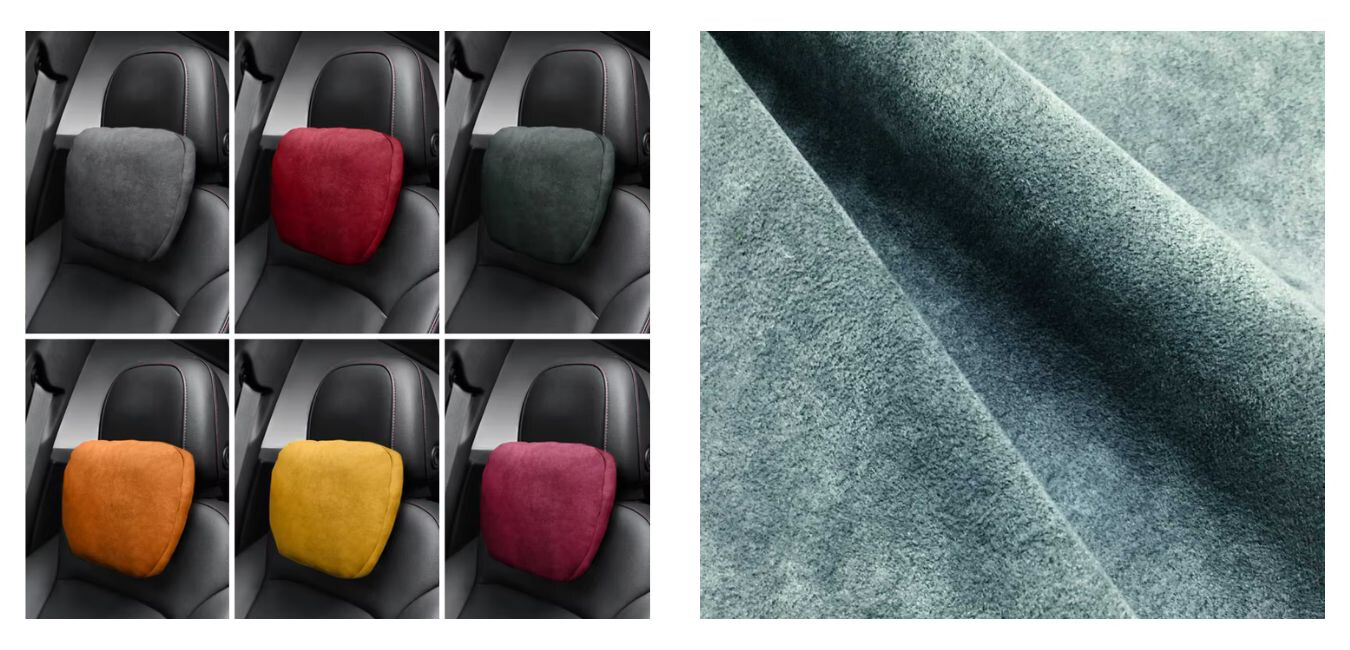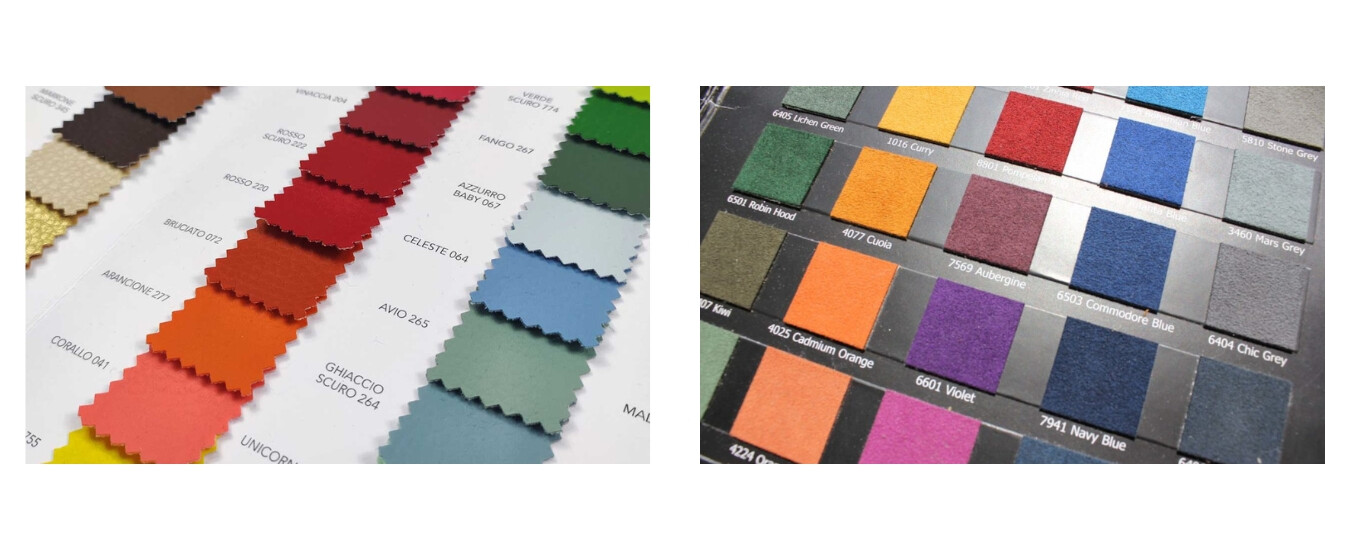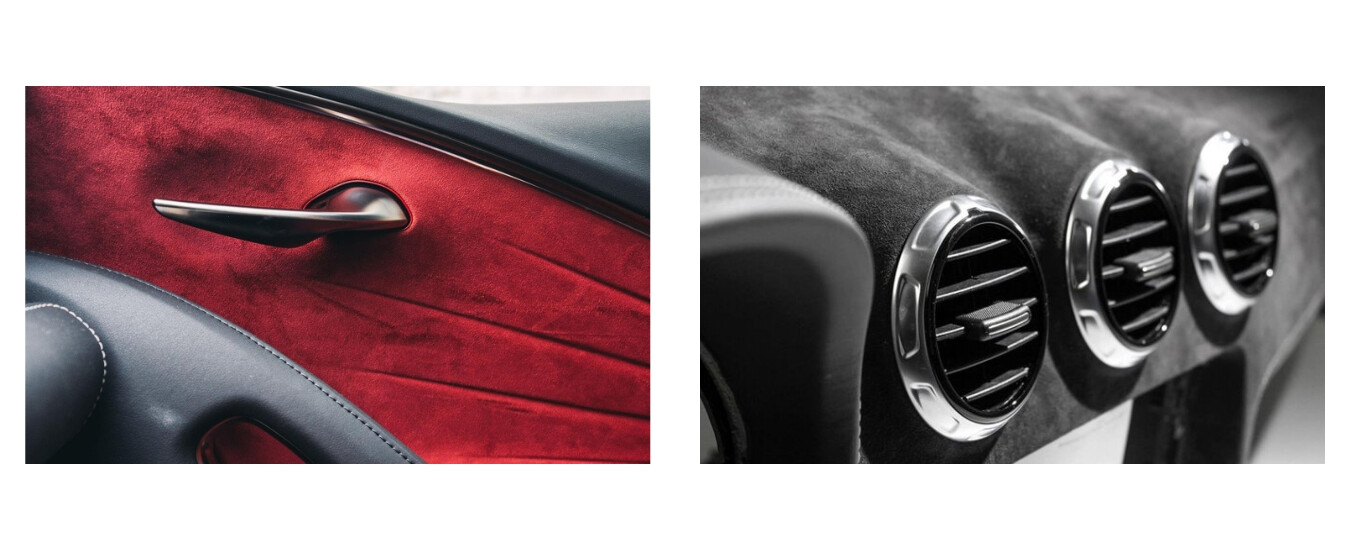The automotive industry is going through a radical transformation phase, characterized not only by vehicle electrification and autonomous driving but also by a silent revolution in the field of textile treatments. Technological innovation is redefining quality and sustainability standards in a context where consumers are increasingly aware of environmental impact and vehicle living comfort.
Automotive Market Trends and Impact on Fabrics
The production of electric vehicles is driving new needs in textile materials. Manufacturers are seeking lighter fabrics to compensate for battery weight while maintaining high standards of durability and comfort.
In parallel, the advent of autonomous vehicles is redefining car interiors. Cabins are transforming into true living spaces, requiring fabrics that combine advanced functionality with high living comfort. This trend has led to increased demand for premium fabrics and technologically advanced materials.
The Importance of Specificity in Treatments
Fabric treatments in the automotive industry are divided into two main categories: those necessary for basic performance and those that add distinctive value to the final product. The key to success lies in choosing the appropriate treatment for each specific fabric. In this context, Biancalani Textile Machinery has established itself as an industry leader in ennobling these textile products, developing innovative solutions already adopted by two of the world’s leading automotive fabric groups.
Specific Solutions for Different Materials
Polyester
• Primary objective: fabric stabilization
• Focus on: maximizing elasticity
• Process: treatment through AIRO®24
• Emerging applications: integration with sensors for passenger comfort monitoring
Non-Woven Polyester Microfiber Fabric
Main characteristic: SOFT HAND
• Result: comfortable tactile sensation
• Technology: AQUARIA® washing process
• New functionalities: antimicrobial and self-cleaning properties
Synthetic Leather
Triple objective:
1. Increased softness
2. Improved elasticity
3. Natural and authentic appearance
Plus: UV resistance and ease of maintenance
Sustainability and Innovation in the Washing Process
AQUARIA® represents the latest frontier in continuous fabric washing process innovation. This revolutionary technology responds to the growing demand for sustainability in the automotive sector, where manufacturers are increasingly committed to reducing the environmental footprint of the entire production chain.
AQUARIA® Advantages
• Overcomes limitations of traditional methods
• Eliminates the need for chemical solvents
• Significantly reduces water consumption
• Combines the effectiveness of traditional treatments with modern sustainability
• Internationally recognized environmental certification “CLIMA Certified”
The Role of Research and Development in the Current Context
Biancalani’s R&D department has developed this innovative solution in response to current challenges in the automotive industry, including:
• The need for lighter materials for electric vehicles
• Increased demand for smart fabrics for autonomous vehicles
• The need for more sustainable production processes
• Demand for materials with advanced properties (antibacterial, self-cleaning, etc.)
Future Prospects
The automotive fabric treatment field will continue to evolve, driven by:
• Integration of smart technologies in fabrics
• Development of bio-based materials
• Optimization of production processes from a circular economy perspective
• Increasingly customized vehicle interiors
This innovative approach represents a third way in automotive fabric treatment, overcoming the limitations of both traditional high-water consumption systems and lines using chemical solvents, positioning itself as an ideal solution for future challenges in the automotive industry.
Source: Biancalani





